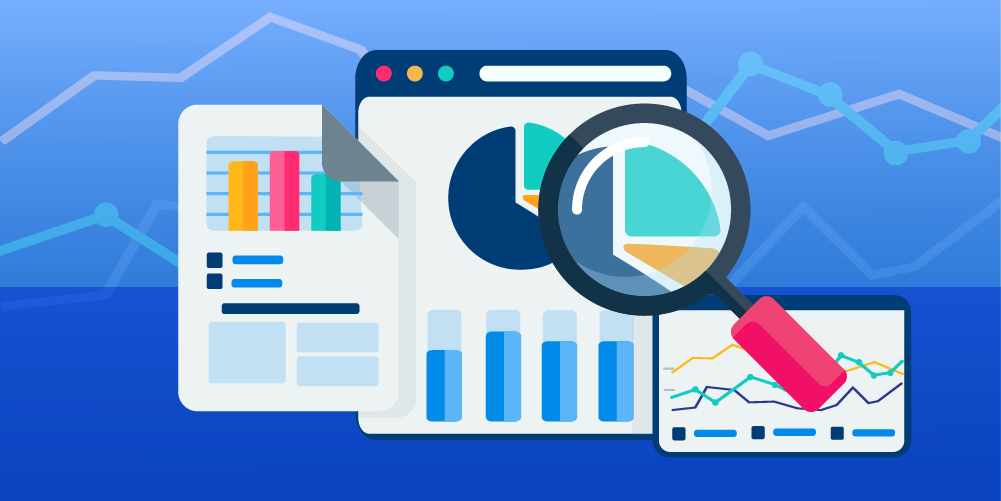Yesterday I was having a debate with my 77-year-old mom about the significance of the R0 metric and how the results should be interpreted. If you had told me 6 months ago that I would be having a conversation about the rate of infection calculation measurement for Covid-19 with my mom I would not have believed you.
What Corona has Taught us About Metrics
The Covid-19 pandemic has had many impacts on our daily lives, most of them negative and distressing, some positive, like the way communities have responded. One unintended consequence is the interest that everyone now has in analytics. The daily update from the government has triggered a discussion on social media about different KPIs and which ones should be used to gauge where nations are in the timeline of the pandemic. As an example of how statistics can take a narrative in different directions, one contributor on a recent news item suggested that recovery rates should be published alongside death rates as a way to put a positive spin on how the fight against the disease is going.
The way that a particular measurement can influence how people feel is now something recognizable even to my mother. Some cast doubt on the merits of increased testing (concluding that if you test more, you discover more infections and therefore the infection rate increases). Others, like my mom, point out that testing is a necessity, since without an accurate measure of the size of the issue, you can’t introduce the appropriate mitigating steps to fight it. It turns out that regardless of age, logic driven by data is the only way to beat the pandemic.
Key Performance Indicators in Contact Centers
We have been having similar debates for years within the contact center. We have argued which KPIs are truly reflective of how our center is performing. The most obvious measure has always been service level, as an indicator of customer satisfaction. As with any measure, we need to understand both its drivers and consequences. The main drivers of the service level metric are the number of available agents (supply) and the amount of incoming workload (demand). So, theoretically, when you are working towards a service level target, that means that you can add more resources (increase supply) or you could maintain the level of resources and bring down the incoming workload (reduce demand). But has anyone ever closed lines coming into the contact center to improve service level? I haven’t ☺. Metrics drive behaviors and these behaviors don’t always represent the right thing to do.
Because of the maturity of the technology available to contact centers, we have many performance indicators at our disposal. Here are just a few:
- Service Level
- Average Speed of Answer
- Abandonment rate
- Occupancy
- CSAT
- Calls per hour
One Performance Metric to Rule Them All?
They kept the faith and ultimately were rewarded with increased CSAT and greater revenues.
There are so many metrics available, some customer focused and some internally focused (like cost of call, forecast accuracy, overtime costs, employee satisfaction, etc.). So what’s the best approach? Can we agree on the one killer KPI? Or should we create a balanced scorecard with weightings against each? I know of one organization that ditched the traditional statistical measurements and instead concentrated on ‘Customer outcomes’. They said that moving away from a rigid focus on metrics like service level was difficult, even more so when those metrics started to dip, but bravery was the key. They kept the faith and ultimately were rewarded with increased CSAT and greater revenues.
If I had to name the one metric to rule them all, CSAT would be the KPI to focus on. It's this metric that is influenced and driven by all the supporting KPIs that we traditionally measure in the contact center. You can only do this, however, if you understand how each of those traditional measures are affected within your KPI ecosystem. Letting go of the traditional easily quantifiable measurements we typically have used in contact centers will be difficult, but if we stay brave and focus on the main prize of customer outcomes being the main driver to success, it can be done. In addition you must ensure that any KPIs you do use, underpin the strategic goals of your organization and your company values. That way it's easier to stay honest. And if you’re still not sure, just ask my mom.
Did you find the article interesting and would like to share it with your colleagues? Download the article as a PDF.





